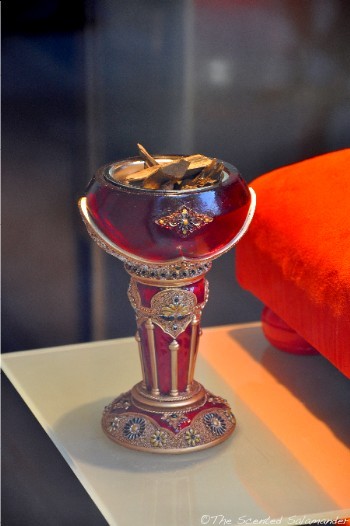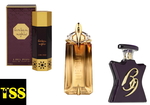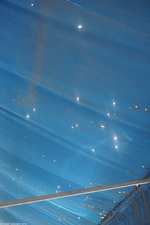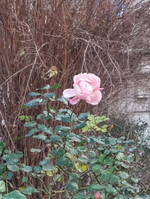The Oud Aromania is Here to Stay (2010-2011) - Part II {Trend Alert} {Perfume List}
 Since 2009 - when we first proposed to gauge the new, emerging fashion and even admittedly craze for oud perfumes - the trend has not abated but on the contrary taken on the proportions of a small olfactory tsunami. One by one, it seems, perfume houses have each and everyone of them added an oud fragrance to their catalogs. Hermès' Hermessence collection has yet to follow suit, as does Les Exclusifs de Chanel or Serge Lutens, but most of the major and reference perfume houses that you can think of, now have an oud perfume to offer...
Since 2009 - when we first proposed to gauge the new, emerging fashion and even admittedly craze for oud perfumes - the trend has not abated but on the contrary taken on the proportions of a small olfactory tsunami. One by one, it seems, perfume houses have each and everyone of them added an oud fragrance to their catalogs. Hermès' Hermessence collection has yet to follow suit, as does Les Exclusifs de Chanel or Serge Lutens, but most of the major and reference perfume houses that you can think of, now have an oud perfume to offer...
Comparable in this respect to patchouli which was first introduced in Europe from India in the mid-19th century, oud has made an entrance into the olfactive culture of Europe which is comparable in its long-term cultural significance, it seems. The drive is justifed in part by commercial considerations. Perhaps even by ego considerations: who can put out the best oud out there? But when the oud note appears as a subtler perfumery effect in a fragrance, you know that it has become part of the established vocabulary of the perfumer.
Like patchouli, it is also metaphorically, classified as a wood note, although it can be argued that agarwood has more of an animalic scent profile and behavior in its capacity to bloom with unsuspecting power at times. In its natural state as an odorant material - which has had to be replaced by synthetic blends most of the time - oud is both wood and animal as in the process of decay of the wood, which gives the much sought-after resin, not only fungus but insect larvae and bacteria are involved in the transformative decomposition process.
Here are some of the references in oud-driven and oud-inspired perfumery since 2009
2010
Byredo Accord Oud
Byredo Oud Immortel
Chantecaille Kalimantan
Giorgio Armani 1001 Nights Oud Royal
Illuminum Rose Oud
Illuminum Wild Tobacco
Juliette Has a Gun Midnight Oud
SoOud Al Jana
SoOud Hajj
SoOud Nur
SoOud Ouris
Thierry Mugler Miroir des Voluptés
2011
Brent Leonesio Untitled #8
Creed Royal Oud
Illuminum Arabian Amber
Illuminum Scarlet Oud
Mona di Orio Oud
Nasomatto Pardon
Susanne Lang Untitled #6
The Different Company Oud Shamash
Trish McEvoy Black Rose Oud
Van Cleef & Arpels Precious Oud










Your comparison to the introduction of patchouli into western perfumery is the the most sensible response I've seen to the "I'm so over oud" whine of many blog commenters. It's exactly what I've been thinking, "Fine, move on in your personal exploration, but don't expect the note to disappear from use."
Thank you -- yes, I personally do not see why the note should disappear since it enriches the palette of the perfumer. It's also probably been encouraged also by the "pause" taken around the use of oakmoss as companies have had to try to find an IFRA-compliant oakmoss with similar olfactory qualities. They can both address the need for an anchoring, strong, "woody" note.
I also see some misunderstanding around the pink peppercorn note. It's really not used for originality but rather as an effective and beloved top note.